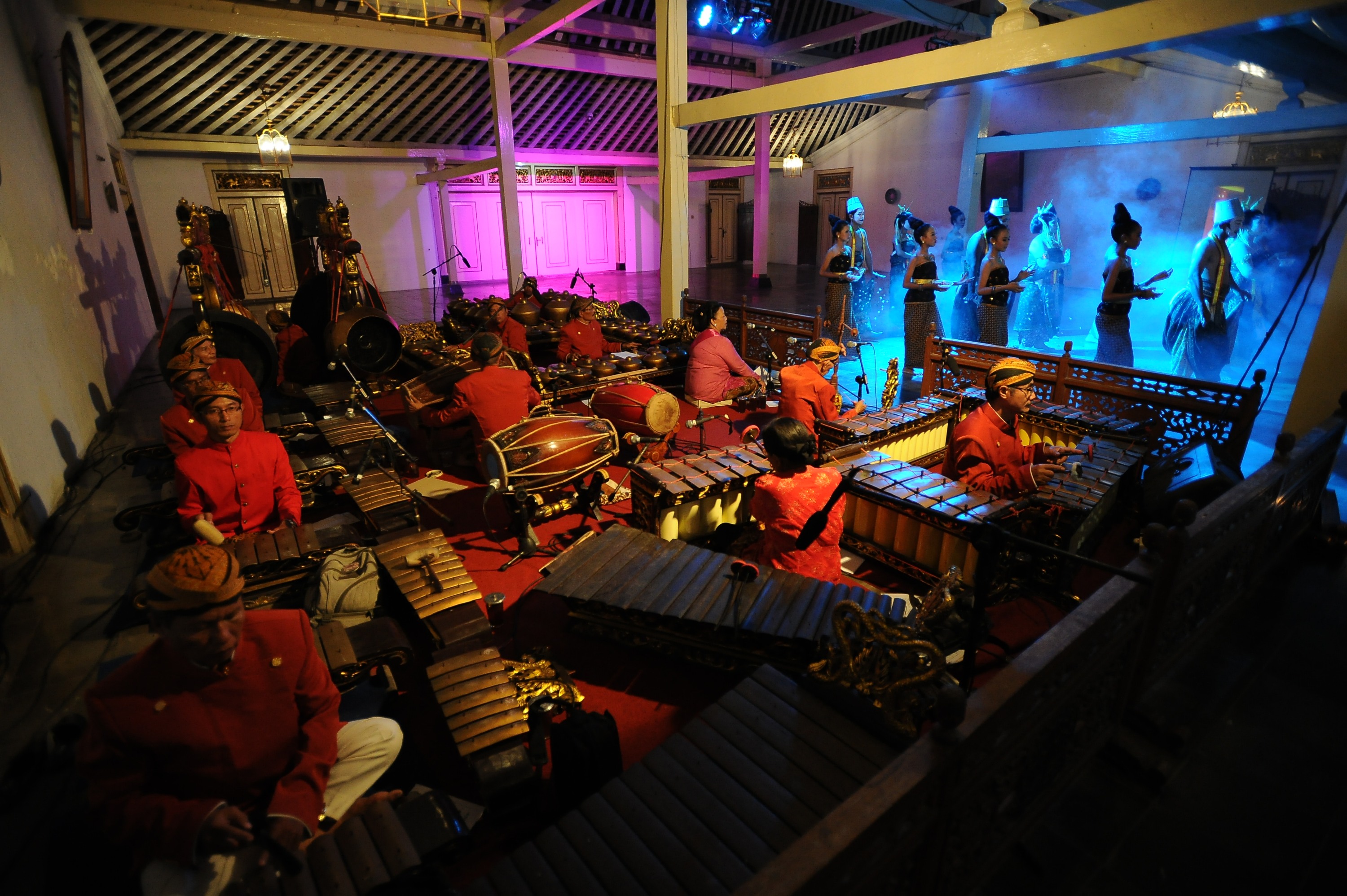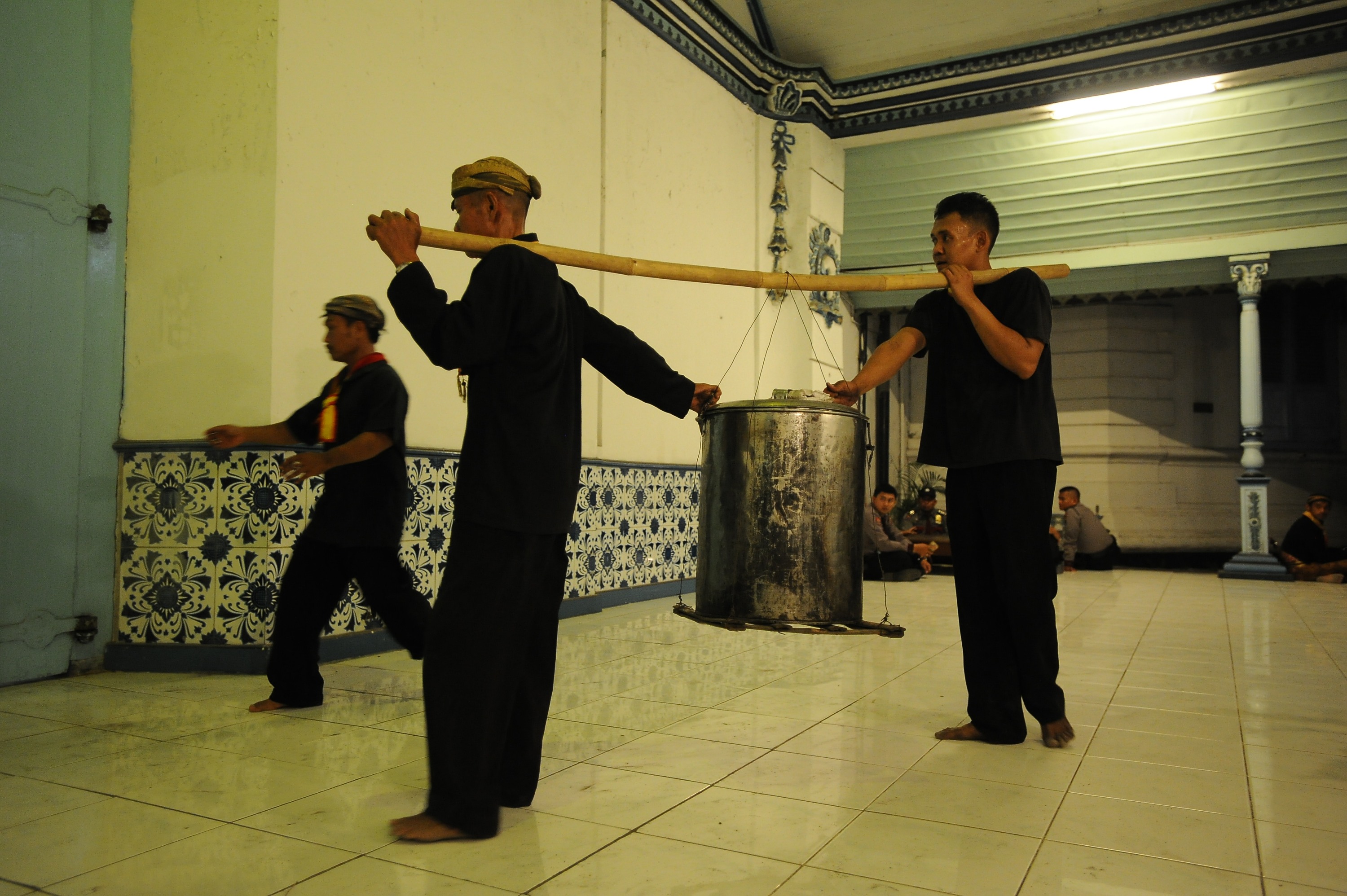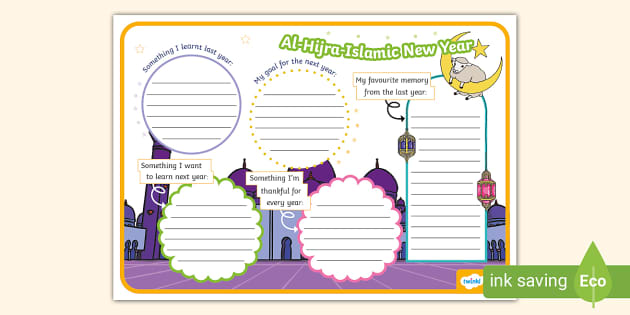The Hijra: A New Starting – Understanding The Islamic Calendar’s Genesis
The Hijra: A New Starting – Understanding the Islamic Calendar’s Genesis
Associated Articles: The Hijra: A New Starting – Understanding the Islamic Calendar’s Genesis
Introduction
With nice pleasure, we are going to discover the intriguing matter associated to The Hijra: A New Starting – Understanding the Islamic Calendar’s Genesis. Let’s weave fascinating info and provide recent views to the readers.
Desk of Content material
The Hijra: A New Starting – Understanding the Islamic Calendar’s Genesis

The Gregorian calendar, the internationally acknowledged system for reckoning time, anchors our understanding of historic occasions and societal progress. But, for over a billion Muslims worldwide, a distinct calendar holds paramount significance: the Islamic calendar, its basis rooted within the pivotal occasion of the Hijra – the migration of the Prophet Muhammad from Mecca to Medina in 622 CE. This seemingly easy migration marks not only a geographical relocation however a profound turning level in Islamic historical past, the genesis of a definite temporal framework that continues to form Muslim lives and understanding of time itself. Understanding the Hijra and its impression on the Islamic calendar requires delving into the historic context, the theological implications, and the enduring legacy of this transformative occasion.
Mecca, Medina, and the Seeds of Battle:
Earlier than the Hijra, the Prophet Muhammad confronted escalating opposition in Mecca, his birthplace. His message of monotheism, difficult the polytheistic beliefs and societal constructions prevalent within the metropolis, provoked intense hostility from highly effective Meccan tribes who feared the lack of their affect and financial energy tied to the Kaaba, a pre-Islamic non secular web site. The Meccans subjected the early Muslim group to persecution, boycotts, and violence, forcing many to hunt refuge in neighboring areas. This era of persecution, documented in Islamic sources, underscores the desperation and urgency that fueled the choice for the Hijra.
The town of Medina, then referred to as Yathrib, provided a extra welcoming setting. Its numerous inhabitants, comprised of varied Arab tribes with inner conflicts, was receptive to Muhammad’s message of unity and social justice. The Prophet’s arrival in Medina marked the start of a brand new chapter, one characterised by the formation of the primary Muslim group, the institution of a nascent state, and the consolidation of Islamic rules right into a functioning society. This was not merely a bodily relocation; it was a strategic transfer that laid the groundwork for the burgeoning Muslim group to flourish and ultimately unfold its affect far past the Arabian Peninsula.
The Hijra: Extra Than a Migration:
The Hijra transcends a easy geographical motion; it represents a profound shift within the political, social, and non secular panorama of the Arabian Peninsula. The institution of the primary Muslim group in Medina led to the creation of the Medinan Structure, a foundational doc that outlined the rules of governance, social concord, and interfaith relations throughout the burgeoning Muslim state. This structure, although not a proper written doc within the fashionable sense, is documented by means of the hadith (sayings and traditions of the Prophet) and represents a outstanding achievement in early Islamic governance. It showcased the Prophet’s potential to unite disparate teams, set up a simply system, and lay the groundwork for a cohesive society based mostly on shared values and rules.
The Hijra additionally marked the start of the Muslim period’s non secular and religious growth. In Medina, the Prophet consolidated his teachings, codified Islamic regulation (Sharia), and established the framework for the 5 pillars of Islam – the muse of Muslim follow. The mosques in Medina grew to become facilities of studying, group, and worship, fostering a robust sense of collective identification and goal. The revelation of great parts of the Quran in Medina additional solidified the non secular foundations of the burgeoning Muslim group.
The Significance of Courting from the Hijra:
The choice to anchor the Islamic calendar to the Hijra holds deep theological and historic significance. It symbolizes the triumph of religion over adversity, the institution of a simply society, and the start of a brand new period in Islamic historical past. By courting occasions from the Hijra, Muslims emphasize the significance of this pivotal second of their historical past and join their lives to the Prophet’s legacy and the founding of the Muslim group. It serves as a relentless reminder of the challenges confronted by the early Muslims and the unwavering religion that guided them by means of these troublesome occasions.
The collection of the Hijra as the place to begin of the Islamic calendar additionally displays a deliberate rejection of the prevailing Julian and later Gregorian calendars, which have been rooted in non-Islamic traditions. The adoption of a definite calendar system underscores the institution of a separate and distinct Islamic identification, unbiased of pre-Islamic cultural and temporal frameworks. It is a highly effective image of self-determination and the creation of a singular cultural and temporal identification for the burgeoning Muslim ummah (group).
The Construction and Traits of the Islamic Calendar:
The Islamic calendar is a lunar calendar, which means it follows the cycles of the moon. It consists of 12 lunar months, every roughly 29.5 days lengthy, leading to a yr of roughly 354 days. This distinction from the photo voltaic Gregorian calendar, which has 12 months, signifies that the Islamic calendar doesn’t align with the seasons and shifts all through the Gregorian yr. This attribute is commonly misunderstood, nevertheless it’s an integral a part of the calendar’s construction and displays its reliance on lunar cycles.
The months of the Islamic calendar are named after Arabic phrases, usually reflecting historic or cultural significance. Ramadan, the ninth month, is of specific significance as it’s the month of fasting, a central pillar of Islam. Different vital months embrace Muharram, the primary month, and Shawwal, the month following Ramadan, which marks the celebration of Eid al-Fitr. The Islamic calendar, regardless of its variations from the Gregorian calendar, offers a constant and significant framework for marking non secular and historic occasions throughout the Muslim group.
Challenges and Interpretations:
The Islamic calendar, whereas deeply vital, presents some sensible challenges. Its lunar nature signifies that the dates of non secular holidays shift all through the Gregorian yr. This will generally result in complexities in scheduling and coordinating occasions, particularly in societies the place the Gregorian calendar is predominantly used. Moreover, the distinction within the size of the lunar and photo voltaic years necessitates changes to make sure the accuracy of the calendar over time. Numerous strategies exist for figuring out the start of every month, resulting in occasional variations within the dates noticed by completely different Muslim communities.
Regardless of these challenges, the Islamic calendar stays a robust image of Islamic identification and a testomony to the enduring legacy of the Hijra. It serves not solely as a system for measuring time but in addition as a reminder of the historic context and religious significance of the Prophet Muhammad’s migration to Medina. The continuing use of the Islamic calendar throughout numerous Muslim communities throughout the globe underscores its persevering with relevance and its enduring contribution to the Muslim world’s cultural and non secular panorama.
Conclusion:
The Hijra, the migration of the Prophet Muhammad from Mecca to Medina, is excess of a historic occasion; it’s the foundational second upon which the Islamic calendar is constructed. It represents a profound shift within the historical past of Islam, marking the delivery of the primary Muslim group, the institution of a simply society, and the consolidation of Islamic rules. The adoption of the Hijra as the place to begin for the Islamic calendar displays a aware determination to create a definite temporal framework, unbiased of pre-Islamic traditions, and underscores the enduring significance of this pivotal second within the historical past of Islam. The Islamic calendar, with its lunar nature and distinctive traits, continues to function a robust image of Islamic identification, connecting Muslims worldwide to their shared historical past, non secular practices, and the enduring legacy of the Prophet Muhammad. Understanding the Hijra and its impression on the Islamic calendar is important for comprehending the wealthy tapestry of Islamic historical past and tradition.








Closure
Thus, we hope this text has offered useful insights into The Hijra: A New Starting – Understanding the Islamic Calendar’s Genesis. We admire your consideration to our article. See you in our subsequent article!
Leave a Reply